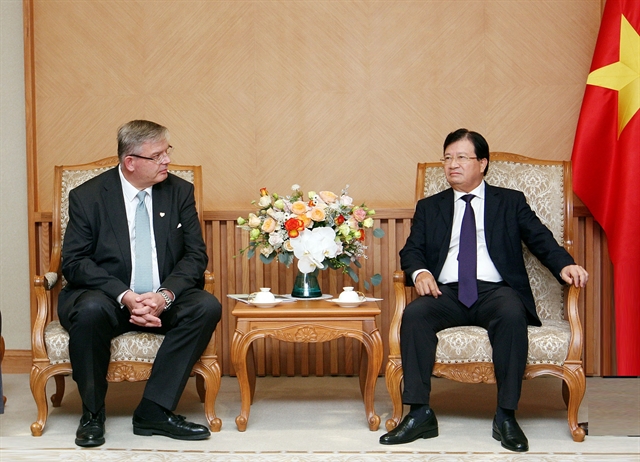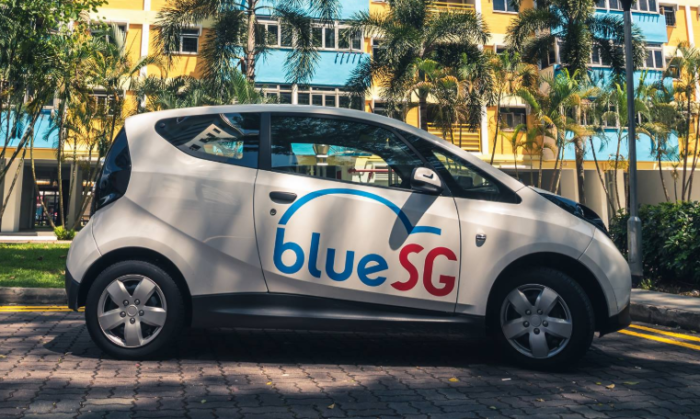- Renewables
–
- Brunei Darussalam
BANDAR SERI BEGAWAN – Brunei Shell Petroleum (BSP) will soon convert its headquarters in Seria from gas to solar power.BSP Managing Director Dr Ceri Powell said the company is investing millions to build a new solar park close to its headquarters, which currently houses 1,400 staff.
“[This is] land that we’ve used for housing before. The houses have been demolished, so we have perfect flat land for building solar park,” she said on the sidelines of a recent youth dialogue on climate change.
Powell added that the 3 MW solar-powered headquarters should come to pass in the next 18 months.
“It is a very significant investment by BSP. Multi millions of dollars of investment in renewable energies,” she said.
As outlined in the Energy White Paper, Brunei’s goal is to increase the share of renewable energy to 10 percent of the country’s total power generation mix by 2035.
The vast majority of the country’s electricity is generated by gas-powered plants, which make up 50 percent of greenhouse gas emissions. The oil and gas industry contributes around 35 percent of emissions.
The Ministry of Energy, Manpower and Industry (MEMI) also recently called for proposals from interested parties to build and operate a 30 MW solar power plant in Kampung Sungai Akar.
Powell said the move would mark a “significant step in the renewable solar journey of Brunei”.
She added that even as Brunei aims to diversify its economy, oil and gas will remain an important industry in the sultanate.
“BSP is of course about mature oil and gas production, but it is also about finding new hydrocarbons. I’m very excited to say even in the last three months, we’ve found new oil and gas offshore in Brunei.”“We won’t say precisely where… but new oil and gas is offshore in Brunei which will add to the future oil and gas resources for the nation.”










